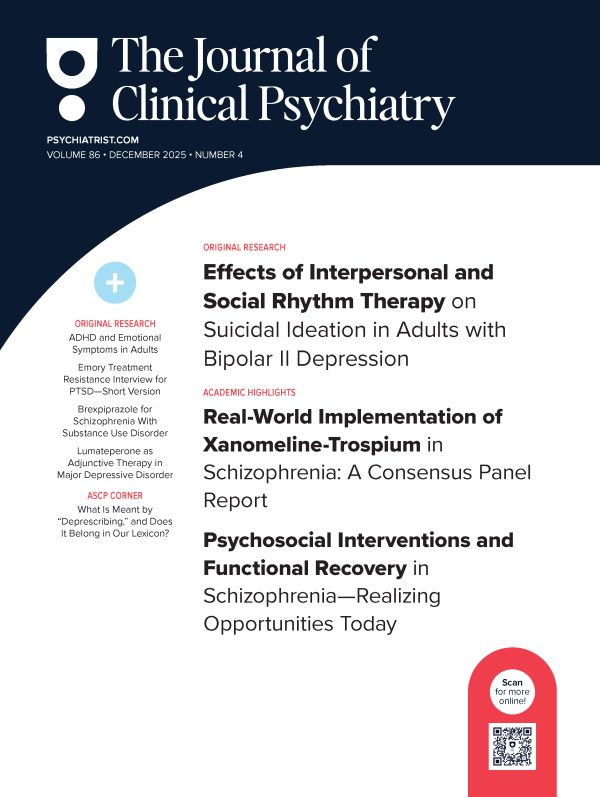Background: Recent reports suggest that anabolic-androgenic steroids (AAS) may cause mood disorders or dependence syndromes and may help to introduce some individuals to opioid abuse. At present, however, little is known about prior AAS use among men entering inpatient substance abuse treatment.
Method: We assessed lifetime AAS use in 223 male substance abusers admitted to a substance abuse treatment unit primarily for treatment of alcohol, cocaine, and opioid dependence. Subjects reporting definite or possible AAS use were then asked to participate in a detailed semistructured interview that covered demographics, drug use history, and symptoms experienced during AAS use and withdrawal, and whether AAS use had helped introduce the subject to other classes of drugs.
Results: Twenty-nine men (13%) reported prior AAS use, but this history was documented on physicians’ admission evaluations in only 4 cases. Among 88 men listing opioids as their drug of choice, 22 (25%) acknowledged AAS use, versus only 7 (5%) of the other 135 men (p < .001). Twenty-four (83%) of the 29 AAS users were interviewed in detail. Seven (29%) of the men interviewed, all with opioid dependence, reported that they first learned about opioids from friends at the gym and subsequently first obtained opioids from the same person who had sold them AAS. Eighteen (75%) of the men interviewed reported that AAS were the first drugs that they had ever self-administered by injection, 4 (17%) reported severe aggressiveness or violence during AAS use, 1 (4%) attempted suicide during AAS withdrawal, and 5 (21%) described a history of AAS dependence.
Conclusion: Prior AAS use appears to be common but underrecognized among men entering inpatient substance abuse treatment, especially those with opioid dependence. AAS use may serve as a “gateway” to opioid abuse in some cases and may also cause morbidity in its own right.
Please sign in or purchase this PDF for $40.00.





